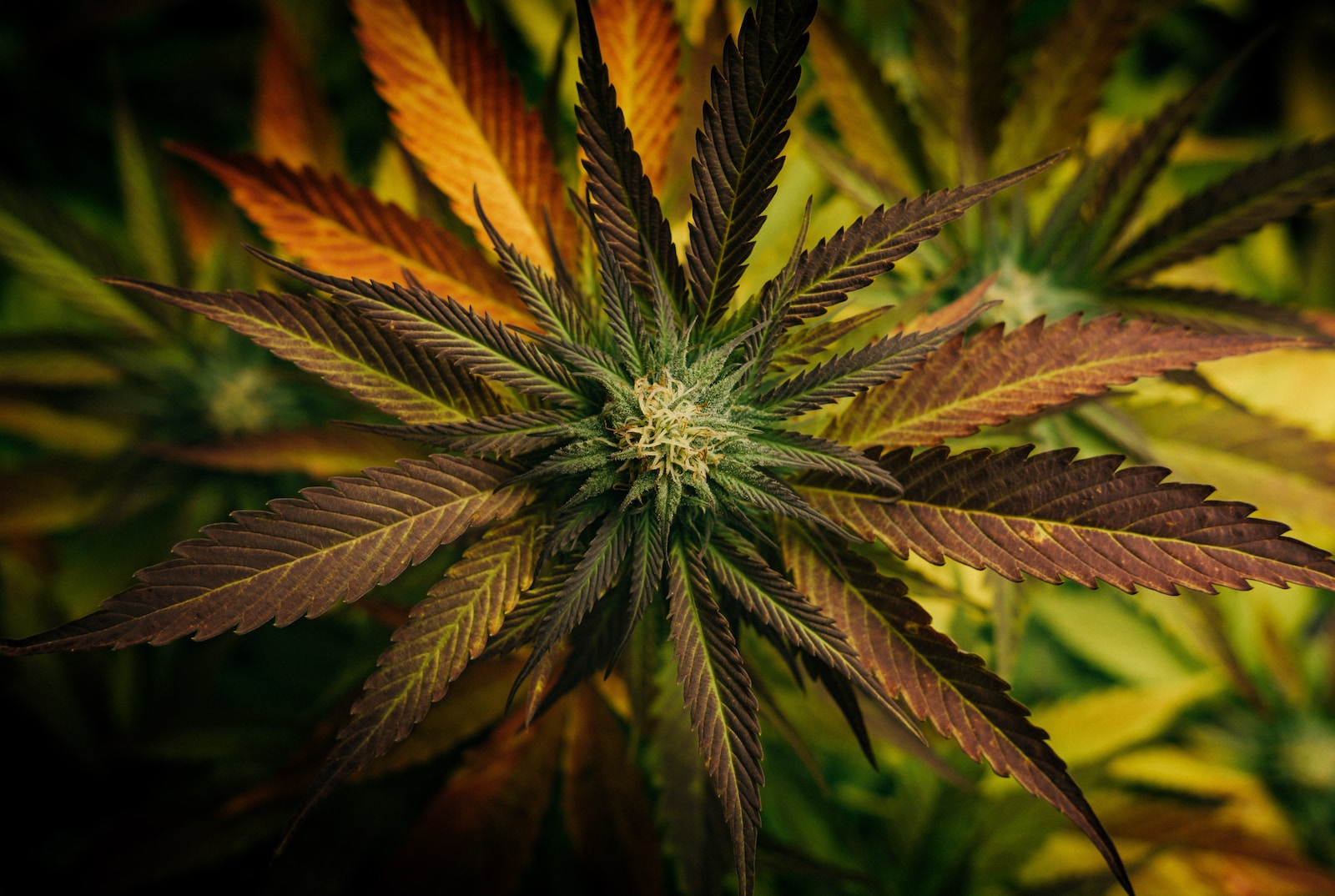
From Stigma to Solution: How Cannabis is Revolutionizing Therapies
In recent years, a remarkable transformation has been underway in the realm of medical therapies. The once-stigmatized plant, cannabis, is emerging as a revolutionary solution with the potential to reshape medical treatments. From managing chronic pain to alleviating anxiety, cannabis is garnering attention for its therapeutic properties. In this article, we delve into the journey of cannabis from a misunderstood substance to a game-changing therapy. Let’s explore the various facets of this transformation and how cannabis is revolutionizing therapies.
From Stigma to Solution: How Cannabis is Revolutionizing Therapies
Cannabis, commonly referred to as marijuana, has traversed a remarkable path from being vilified to being hailed as a solution for various medical conditions. The journey from stigma to solution has been driven by scientific advancements and changing perceptions. With ongoing research shedding light on its potential benefits, cannabis is now being integrated into medical treatments.
The Changing Landscape of Cannabis Research
In the past, cannabis was primarily associated with recreational use and faced legal barriers. However, as research advanced, the medicinal properties of cannabis began to surface. Scientists discovered a complex network of compounds called cannabinoids present in the plant, with two main players being THC (tetrahydrocannabinol) and CBD (cannabidiol). These compounds interact with the endocannabinoid system in the human body, influencing various physiological processes.
Cannabis and Pain Management: Unveiling the Potential
Traditionally, pain management has been reliant on pharmaceutical drugs, often accompanied by adverse side effects. Cannabis, with its potential analgesic properties, offers an alternative approach. Both THC and CBD have demonstrated pain-relieving effects, making them valuable candidates for chronic pain management.
Addressing Mental Health Challenges
Mental health conditions such as anxiety and depression have seen a concerning rise. Cannabis’s impact on mood regulation has prompted researchers to explore its role in mental health therapies. While some studies suggest potential benefits, the complexity of mental health disorders calls for comprehensive research to determine optimal usage.
Cannabis and Neurological Disorders
Neurological disorders like epilepsy pose significant challenges to patients and healthcare providers. CBD, a non-psychoactive cannabinoid, gained attention for its anticonvulsant properties. Epidiolex, an FDA-approved CBD-based medication, showcases cannabis’s potential in revolutionizing treatments for epilepsy.
Navigating Regulatory Shifts
The journey of cannabis from stigma to solution is closely intertwined with shifting regulations. As evidence of its therapeutic potential grew, many regions began legalizing medical cannabis. This change paved the way for patients to access cannabis-based treatments under medical supervision.
Evolving Regulations: A Global Perspective
Countries around the world are reassessing their stance on cannabis. While some nations have embraced comprehensive legalization, others have adopted a more cautious approach by permitting medical use only. This diverse landscape reflects the ongoing debate surrounding cannabis’s risks and benefits.
Challenges in Research and Integration
Despite the evolving regulations, cannabis research faces hurdles. The classification of cannabis as a Schedule I drug in some regions has impeded extensive research. Overcoming these obstacles is crucial to unlocking the full potential of cannabis in medical therapies.
FAQs About Cannabis’s Role in Therapies
Q: Is cannabis safe for medical use?
A: When used under medical supervision, cannabis can be safe for various conditions. However, individual responses may vary, and consultation with a healthcare professional is advised.
Q: Can cannabis replace traditional medications?
A: In some cases, cannabis-based treatments can complement or replace traditional medications. This depends on the condition and the patient’s response.
Q: How does cannabis alleviate pain?
A: Cannabis’s cannabinoids interact with receptors in the endocannabinoid system, influencing pain perception and inflammation.
Q: What is the entourage effect?
A: The entourage effect refers to the synergistic interaction between various cannabinoids and compounds present in cannabis, enhancing their therapeutic effects.
Q: Are there potential side effects of cannabis therapy?
A: While generally well-tolerated, cannabis therapy can lead to side effects such as dry mouth, dizziness, and altered cognition.
Q: How can patients access cannabis-based therapies?
A: Patients can access cannabis-based therapies in regions where medical cannabis is legal. A healthcare provider’s prescription is typically required.
Conclusion
The transformation of cannabis from stigma to solution marks a significant milestone in medical history. With ongoing research, evolving regulations, and changing perceptions, cannabis is poised to revolutionize therapies across various domains. As more individuals recognize its therapeutic potential, the journey from stigma to solution continues, opening new avenues for innovative medical treatments.